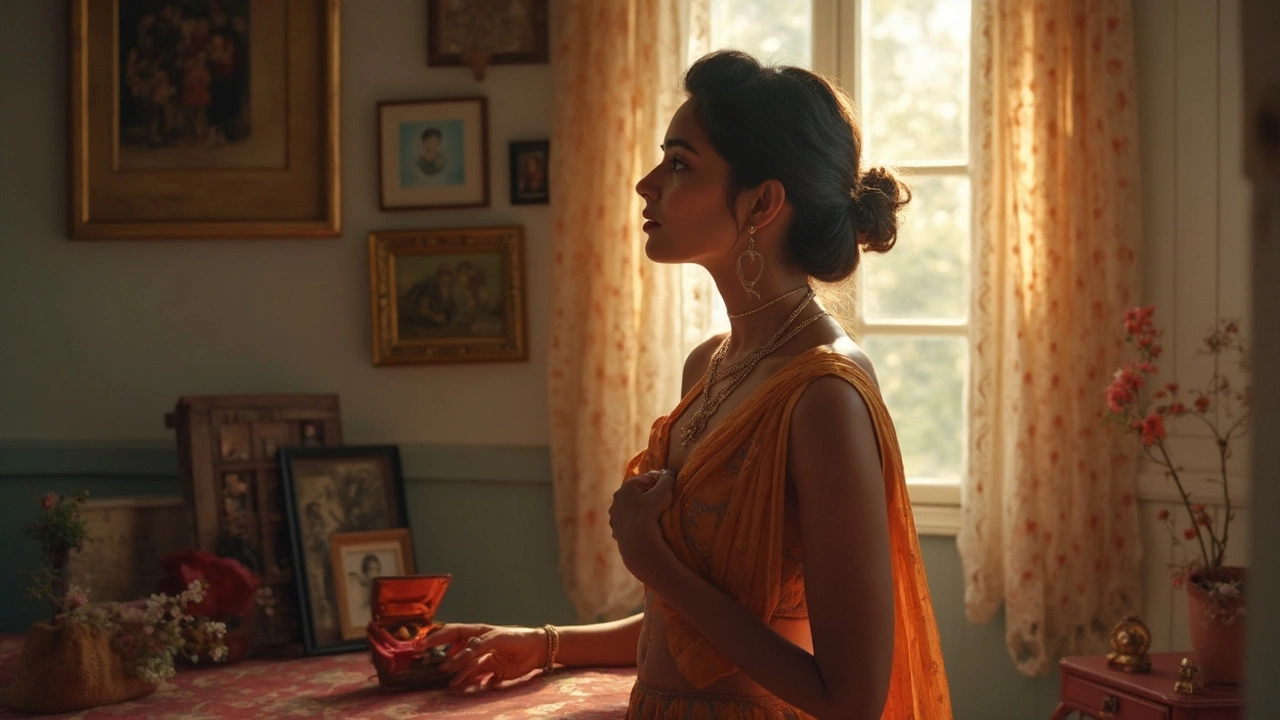Mangalsutra Myths: Fact vs Fiction
When talking about Mangalsutra, a sacred necklace that marks a Hindu woman's married status. Also known as mangalsutra, it links love, culture, and even economics. Wedding tradition, the set of rituals surrounding Indian marriages shapes who gives, who ties, and when the piece is presented. Gold purity, the karat or 750 stamp that tells how much real gold is in the necklace decides durability and price, while Divorce, the legal end of a marriage and its cultural implications raises questions about whether a woman can keep or wear the mangalsutra after separation. These elements together form the core of Mangalsutra myths that many still believe.
How Myths Shape Gifting, Tying, and Design Choices
The idea that only the bride’s family must buy the mangalsutra is a myth that varies by region; in some South Indian communities the groom’s side handles it, while in Punjab the bride’s parents often present it as a gift. This ties directly to the Mangalsutra gifting, the custom of presenting the necklace during the wedding ceremony and influences the price range people are willing to spend. Design myths also persist—many think a mangalsutra must be heavy gold, but modern designs use lighter alloys, diamond accents, or even alternative metals without losing symbolic value. The Mangalsutra design, styles ranging from traditional single-bead chains to contemporary multi‑pendant pieces reflects both personal taste and the evolving meaning of marriage in India.
Understanding these myths helps you navigate real decisions: choosing the right gold purity for daily wear, respecting regional gifting etiquette, and deciding if the necklace still feels right after a divorce. Below you’ll find articles that bust common legends, explain who really gives and ties the mangalsutra across different states, offer a buying guide for 2025 designs, and discuss how modern couples are redefining this timeless symbol. Dive in to separate fact from folklore and make informed choices for your own journey.
